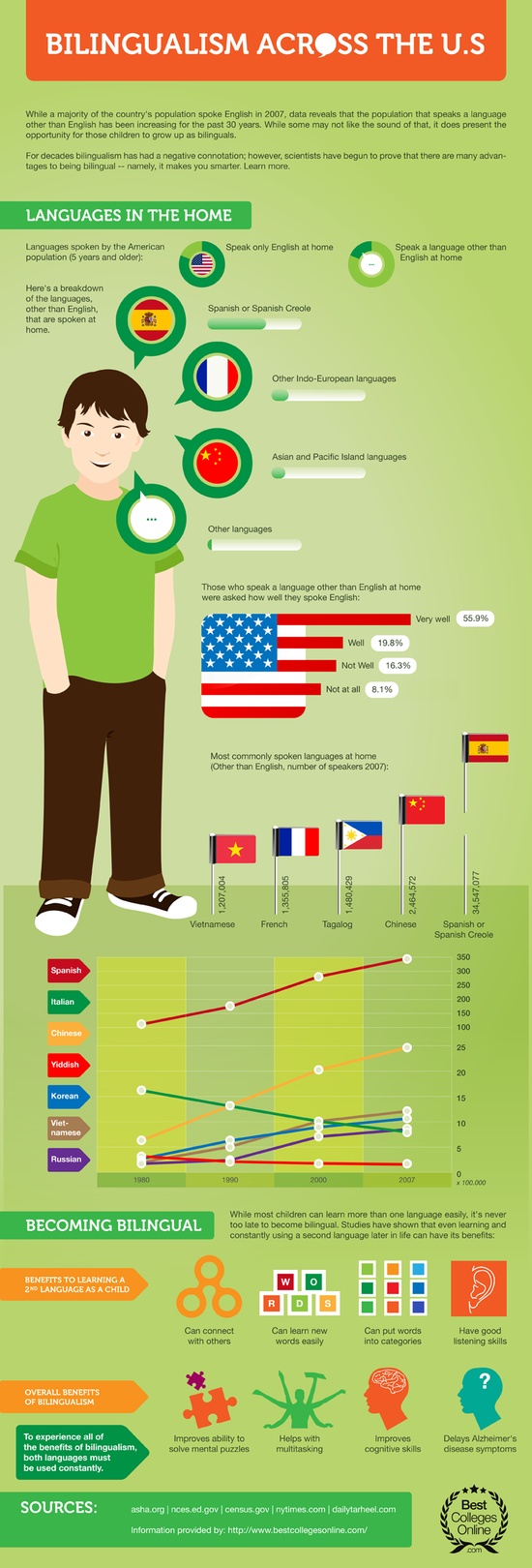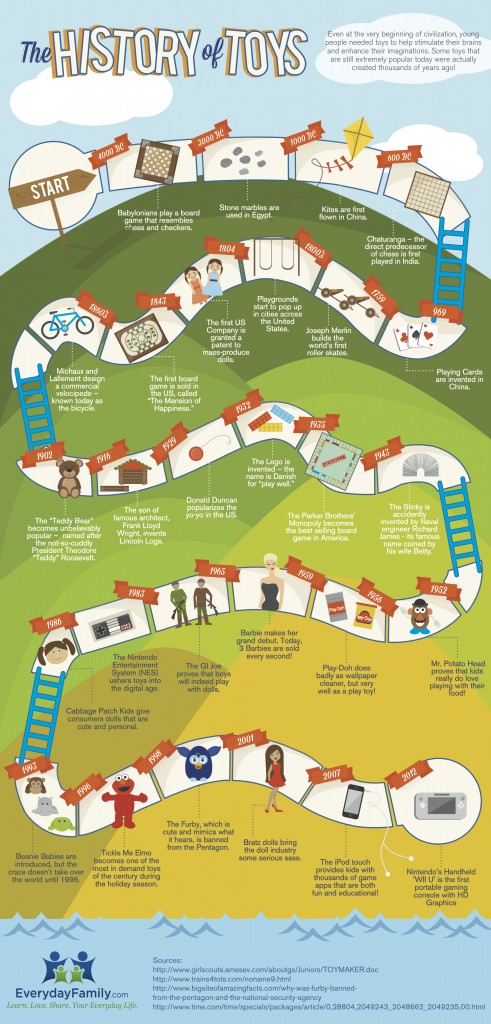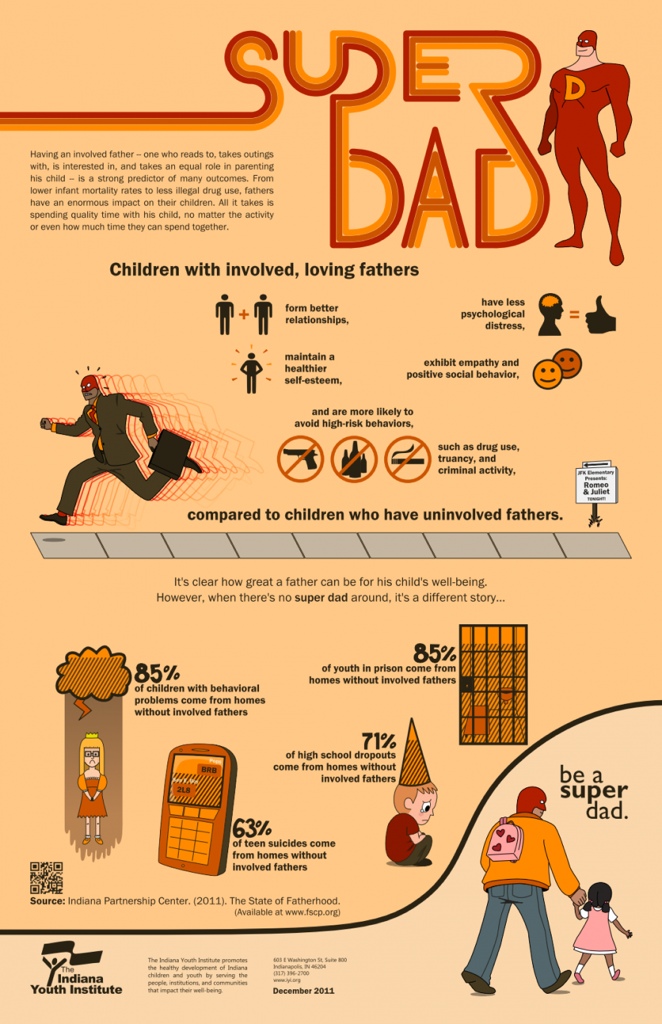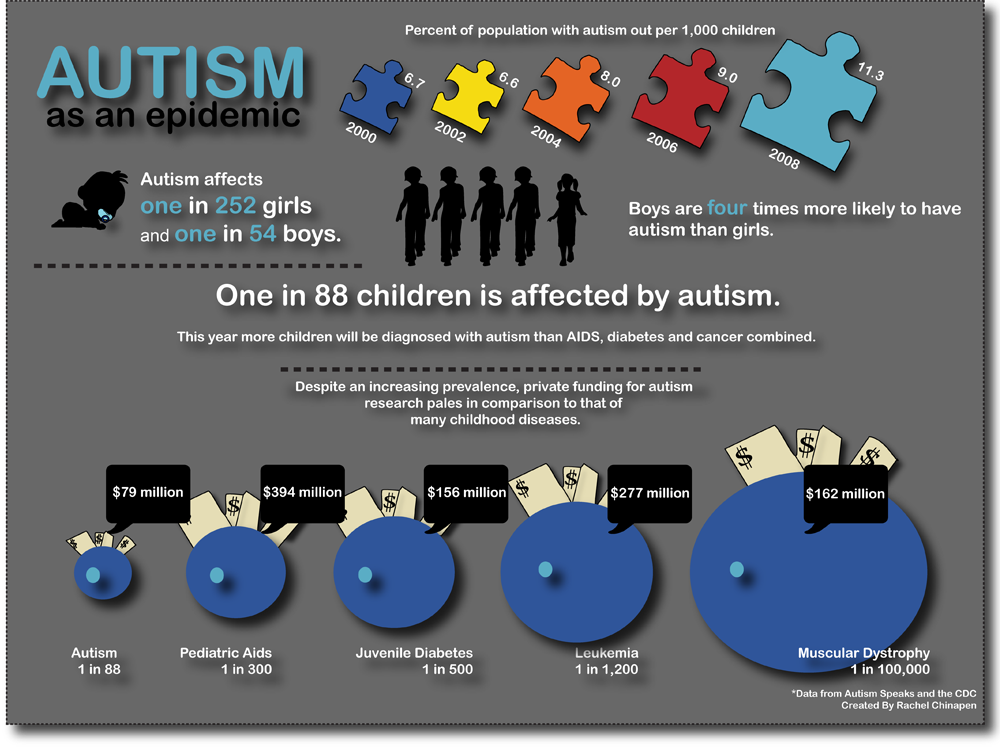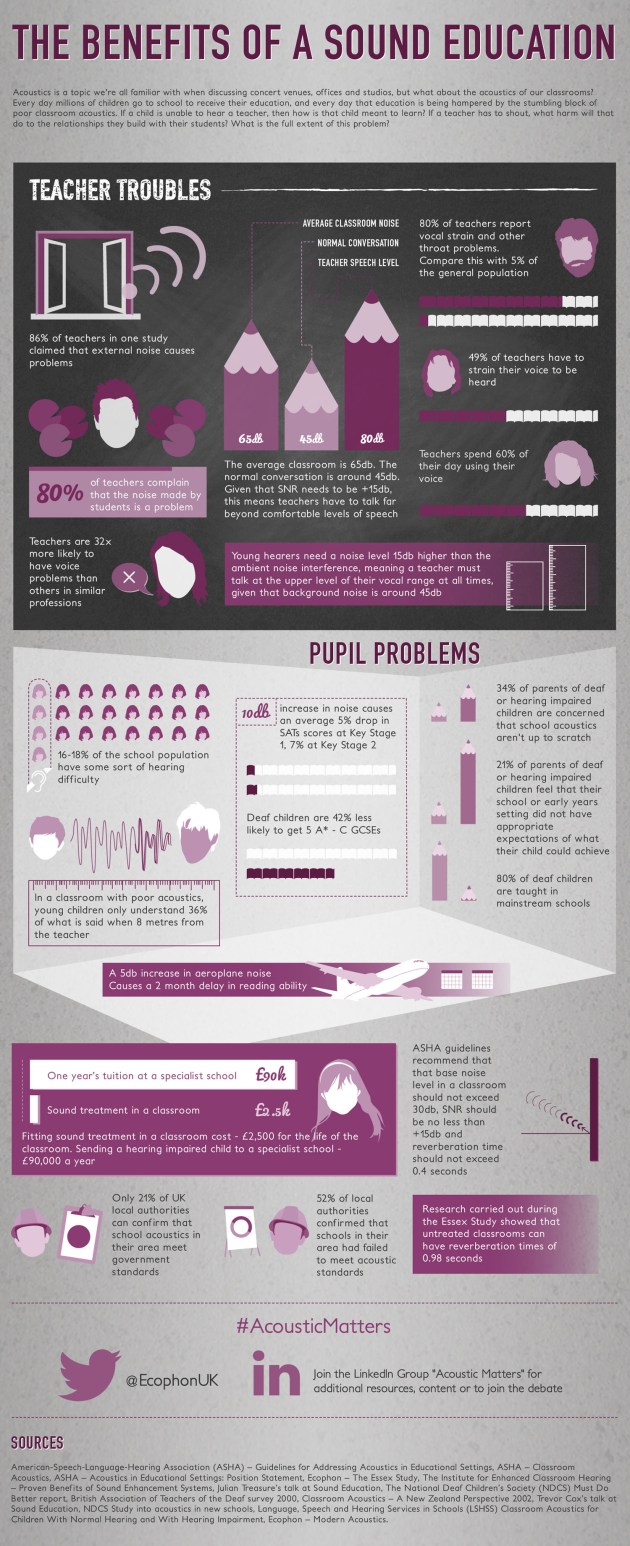In speech therapy, working with bilingual children can be a unique experience and challenge. For those speech therapists providing bilingual therapy, finding materials and resources in other languages can be difficult. With the iPad, however, all of that has changed. Using the iTunes store, therapists have quick and easy access to a variety of speech therapy materials including bilingual games, books and videos in just about any language (thanks to YouTube) to support their kids. The benefits of being bilingual are many, so here are a few of the best apps for supporting bilingual children to develop their languages:

